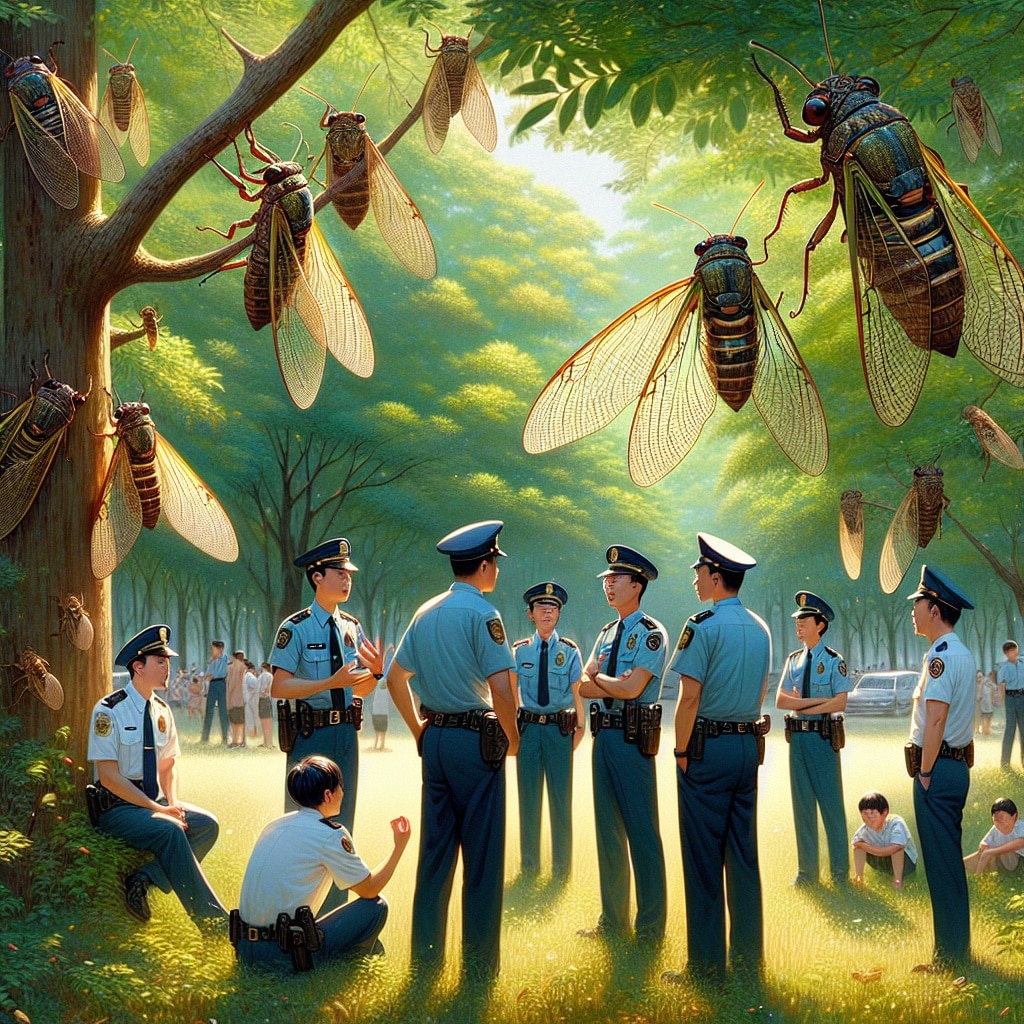It’s been almost 20 years since the work of Scottish scientists Ian Wilmut and Keith Campbell led to the birth of Dolly the sheep, the world’s first cloned mammal. News of the breakthrough rippled like a shockwave, provoking both enthusiasm and outrage. The biggest concern? That we might do the same with humans. The European Council hastened to amend its Convention for the Protection of Human Rights and Dignity of the Human Being with regard to the Application of Biology and Medicine, prohibiting “any intervention seeking to create a human being genetically identical to another human being alive or dead.”
In the two decades that followed, many other mammals were conceived through cloning, to such an extent that the South Korean company Sooam, created in 2006, now offers wealthy dog owners the chance to clone their pets after their deaths — for $100,000. But humans themselves seemed sheltered from it, until now. Not so much because of ethical reasons, but because of technical ones. Geneticists hit a brick wall every time they tried to make such a “nuclear transfer” into a human being. CONTINUE


















